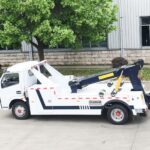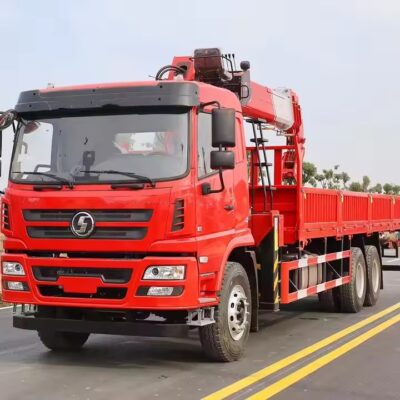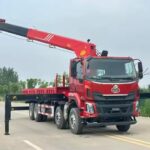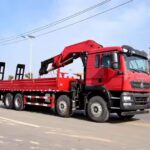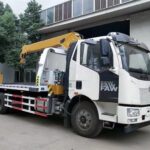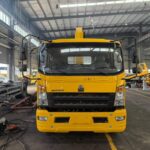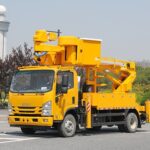Every day, millions of vehicles take to the roads, ferrying people and goods to their destinations. From bustling city streets to winding country lanes, these vehicles are the lifeblood of our modern society. However, the open road can be unpredictable, and breakdowns, accidents, and other unexpected events can leave vehicles stranded and in need of rescue. This is where recovery trucks come to the rescue, playing a vital role in getting vehicles back on the road.
The Unsung Heroes of the Road
Recovery trucks are often overlooked, and overshadowed by the more glamorous aspects of the automotive industry. While sports cars, electric vehicles, and luxury sedans steal the limelight, recovery trucks quietly go about their business, ready to come to the aid of those in need. They are the unsung heroes of the road, providing a crucial service that keeps our transportation system moving.
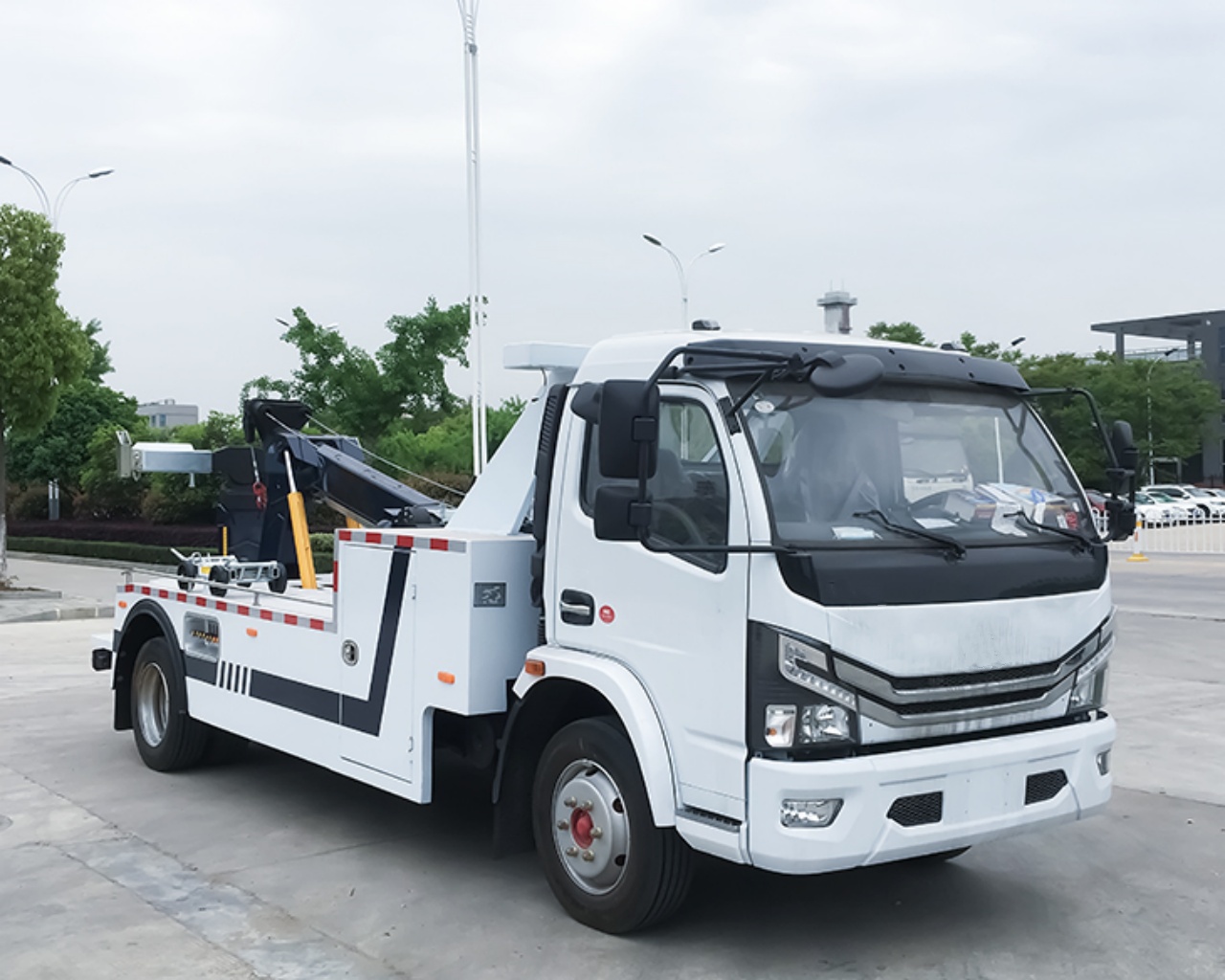
The Many Faces of Recovery
Recovery trucks come in various shapes and sizes, each designed to tackle different challenges on the road. Here are some of the most common types:
1. Tow Trucks
Tow trucks are perhaps the most recognizable type of recovery vehicle. They feature a powerful winch and a sturdy boom that can lift and tow a vehicle behind the truck. Whether it’s a small sedan or a massive truck, tow trucks can handle the job.
2. Flatbed Trucks
Flatbed trucks have a flat, level bed that can be tilted and lowered to the ground. This design makes them ideal for transporting vehicles that cannot be towed, such as exotic sports cars, motorcycles, or vehicles with severe damage. They offer a secure and damage-free way to transport a wide range of vehicles.
3. Wheel-Lift Trucks
Wheel-lift trucks are similar to tow trucks but use a hydraulic mechanism to lift the vehicle’s front or rear wheels off the ground. This method is often used for vehicles with one axle damaged or when towing smaller cars. It’s a more precise approach that minimizes potential damage.
4. Heavy-Duty Recovery Trucks
For larger vehicles like buses, tractor-trailers, or construction equipment, heavy-duty recovery trucks are called into action. These robust machines are equipped with powerful winches and specialized attachments to handle the immense weight and size of these vehicles.
5. Rotator Trucks
Rotator trucks are the heavyweights of the recovery world. They feature a rotating boom with impressive lifting capacities, allowing them to handle the most challenging recovery situations. These trucks are often used in complex accidents or when vehicles need to be retrieved from difficult locations.
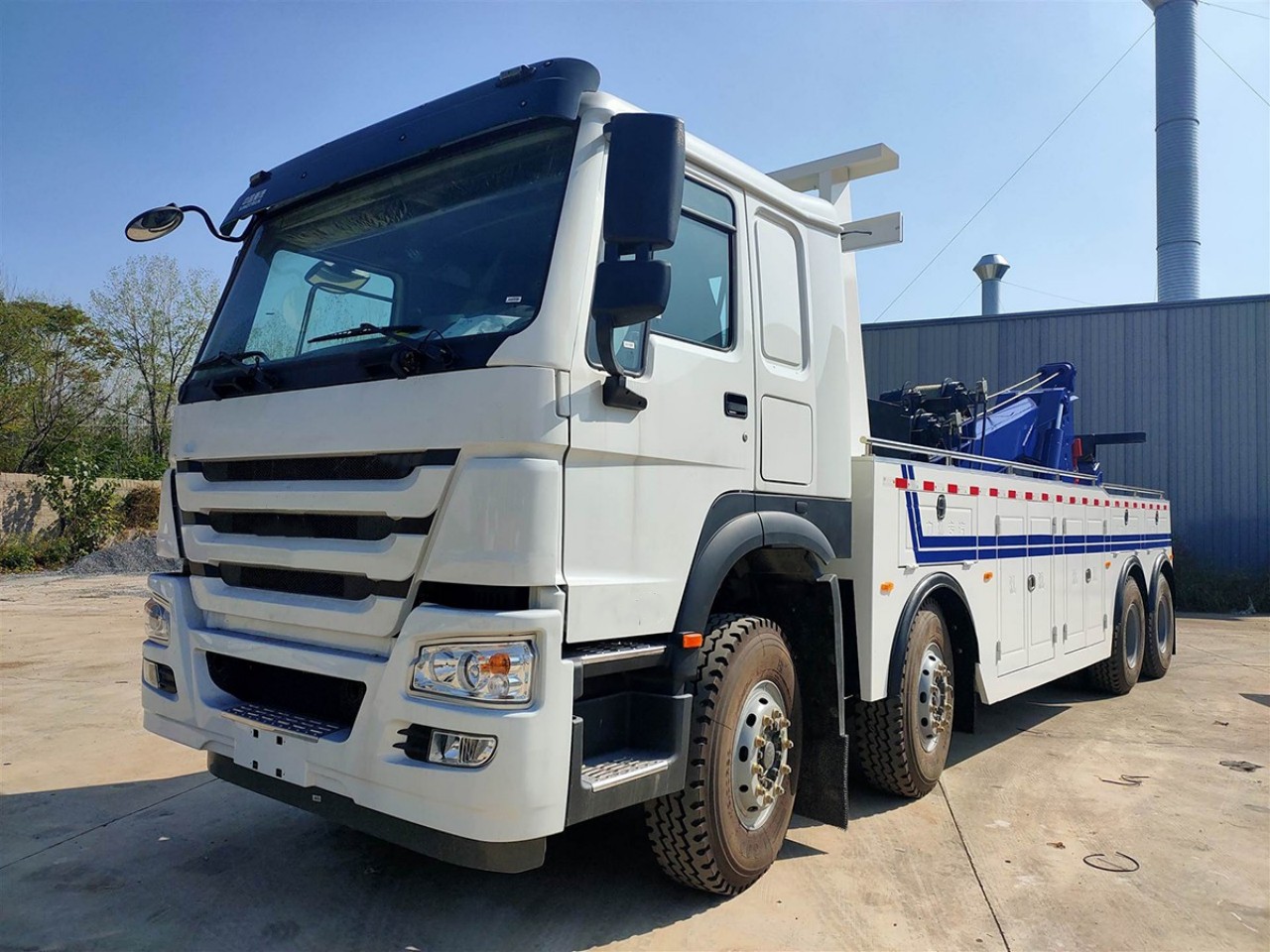
The Role of Recovery Operators
Behind every recovery truck is a skilled operator who knows the ins and outs of vehicle recovery. Recovery operators are trained professionals who understand the intricacies of handling different types of vehicles and the unique challenges that each situation presents.
Their responsibilities go beyond simply hooking up a vehicle and towing it away. They must assess the situation, ensure the safety of everyone involved, and determine the most appropriate recovery method. Their expertise is invaluable when dealing with damaged or overturned vehicles, as they must carefully plan and execute the recovery to prevent further damage and ensure the safety of the crew and bystanders.
From Breakdowns to Accidents
Recovery trucks are called into action for a variety of reasons, and breakdowns and accidents are among the most common. A breakdown can happen to any vehicle at any time, often leaving drivers stranded and in need of assistance. In these cases, a tow truck or wheel-lift truck can get the vehicle to a repair shop quickly, allowing the driver to continue their journey.
Accidents, on the other hand, are more complex and often require a multi-faceted approach. Recovery operators may need to secure the accident scene, extract injured individuals from vehicles, and then recover the damaged vehicles themselves. The speed and efficiency of the recovery operation are critical in minimizing traffic disruptions and ensuring the safety of all involved.
24/7 Availability
One of the remarkable aspects of recovery trucks is their round-the-clock availability. Breakdowns and accidents don’t adhere to a 9-to-5 schedule, and neither does recovery services. These dedicated professionals are on call 24/7, ready to respond to emergencies at any hour of the day or night. This commitment to service ensures that stranded motorists are never left waiting for help to arrive.
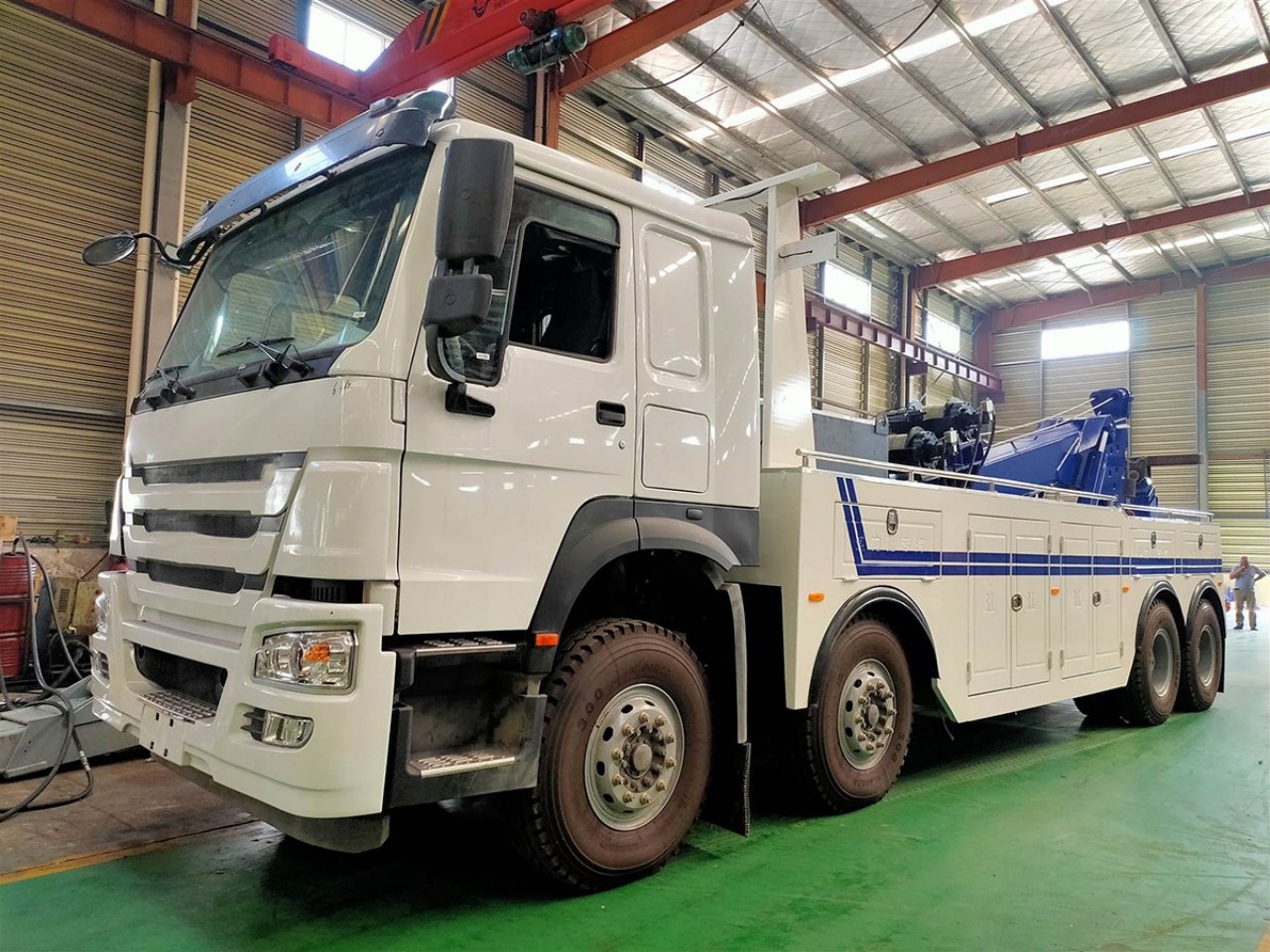
Challenges of the Job
While recovery operators play a crucial role in keeping our roads clear and safe, their job is not without its challenges. Working on the side of busy highways or in adverse weather conditions can be dangerous. Recovery operators are exposed to traffic, often near speeding vehicles, which makes safety a top priority.
Additionally, the physical demands of the job can be taxing. Maneuvering heavy equipment, lifting and securing vehicles, and working in challenging environments require strength and stamina. Recovery operators must also stay current with evolving vehicle technologies, as modern cars come equipped with advanced safety features and intricate systems that require specialized knowledge to handle safely.
The Evolution of Recovery
Like many other industries, the world of recovery trucks has evolved with advancements in technology. Today’s recovery vehicles are equipped with state-of-the-art tools and technology to improve efficiency and safety. GPS systems help operators navigate to accident scenes quickly, while hydraulic winches and rotators provide the power needed to recover heavy vehicles safely.
Moreover, recovery operators can remotely control some aspects of the recovery process, such as winch operation and bed tilt, reducing the need to be near potentially dangerous situations. This technology not only enhances safety but also allows for more precise and controlled recoveries.
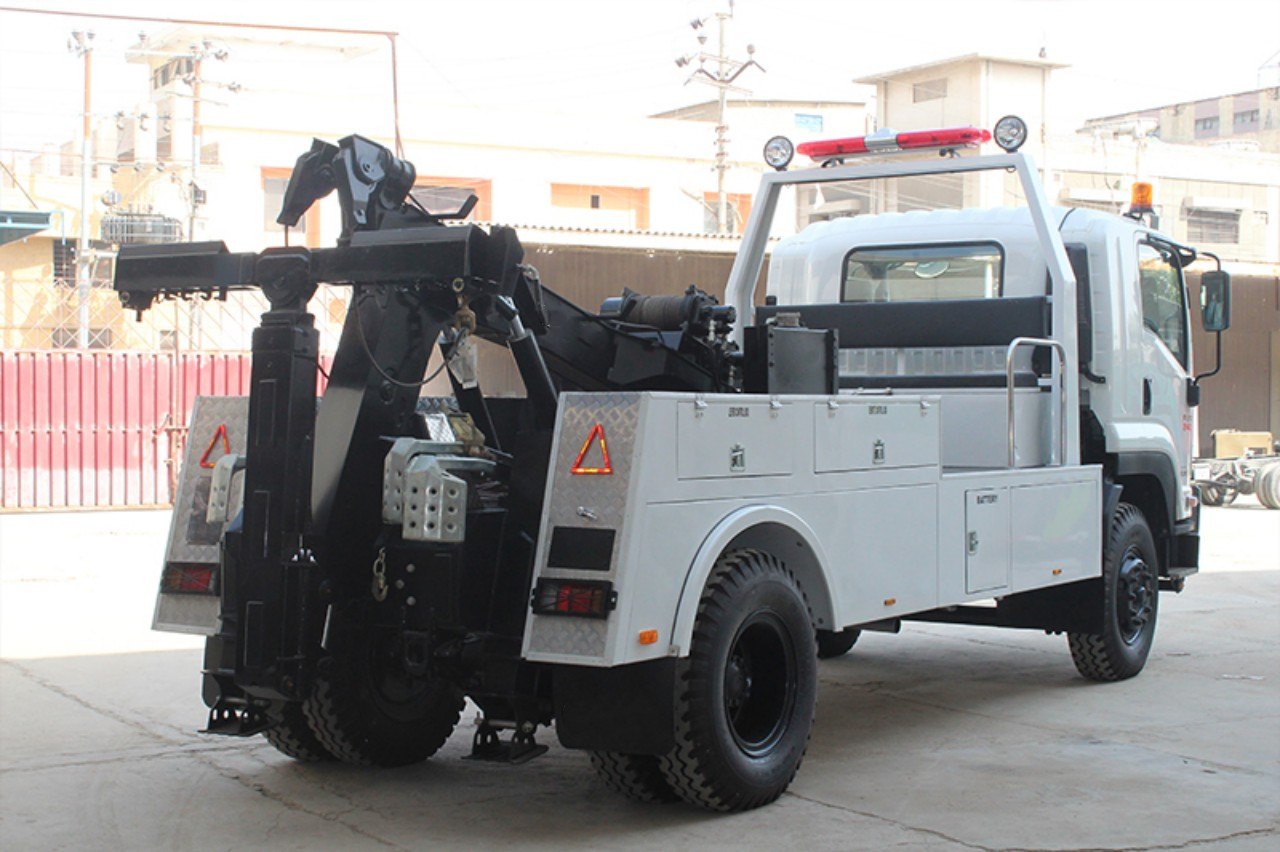
Conclusion
Recovery trucks and the operators who command them are an essential part of our transportation ecosystem. They are the unsung heroes who ensure that our roads remain safe and functional. Whether it’s a simple breakdown or a complex accident, recovery trucks are there to get vehicles back on the road and keep our world moving.
Next time you see a recovery truck on the side of the road, take a moment to appreciate the skill and dedication of the recovery operator inside. They are the ones who turn chaos into order and help us all get safely to our destinations. Recovery trucks may not be the most glamorous vehicles on the road, but they are unquestionably among the most important.



